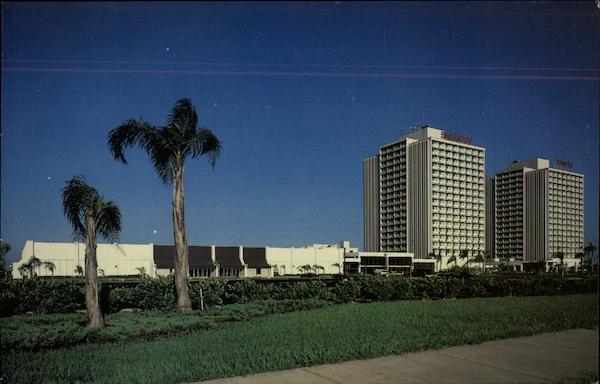Today I came across a memorable quote from Spassky. It contains easily remembered maxims about a certain kind of middle game, and I will return to it shortly.
The quote reminded my of the following. In the Introduction to Mikhail Shereshevsky's
Endgame Strategy, the author recounts the following:
Dvoryetsky considers it essential to know the classics, to analyze complicated practical rather than theoretical endings, and to find general rules and principles of play in complex endings. And in theoretical endings it is sufficient to know whether the ending is won or drawn, and to have a rough impression of the plan of play.
I find these sentences striking for their utility - they lay out a straightforward guide to endgame study. The very last sentence has been updated somewhat in
Dvoretsky's Endgame Manual. In time he seemed to believe
precise positions did need to be known, though hardly an endless amount. The reason why is obvious: adjournments disappeared in the computer era. One can no longer look at a reference manual after five hours of play, the knowledge has to be "at your mental finger tips" during the game or it's useless. However he still believed in knowing general rules, including such things as whether an ending is actually won or drawn, as a guide for approaching endings.
And the first sentence can almost be generalized to include Dvoretsky's methods of training in middle games as well, from what I have seen and understand of his work. (Dvoretsky adds substantial psychological work to his training methods as well.)
Which gets me back to Spassky's quote, which concerns hanging pawns.
The shortcoming of hanging pawns is that they present a convenient
target for attack. As the exchange of men proceeds, their potential
strength lessens and during the endgame they turn out, as a rule, to be
weak.
The power of hanging pawns is based precisely in their mobility, in their ability to create acute situations instantly.*
To get the most out of this, one really needs to study examples, that much is clear. But the truth is that most of use don't really study that much, either because of time constraints or because we prefer play to study.
But knowing the maxims can still help! They guide thoughts and planning, providing a useful shortcut even if you haven't worked through dozens of examples. Knowing general rules and principles, including a "rough impression of play", helps. And Spassky's rules on hanging pawns are particularly good. Why? Because they give more explanation than the quotes I recall seeing in the past, which usually state that hanging pawns are strong when they are mobile and weak when they are pinned down.
Okay, but WHY are they strong when mobile? Here Spassky is helpful: Their mobility allows them "to create acute situations instantly" by advancing! So if the pawns can move, the side with the pawns can create a crisis at the time of his choosing. The opponent must step carefully to avoid getting blasted on every move. Now THAT makes sense. Better still, Spassky's quote is shorter than the explanation I just gave. Perfect!
And how do hanging pawns become weak? The long winded explanation is that first, hanging pawns provide an easily defined target for the enemy. "What should I do? Oh, I'll attack
Those
Hanging pawns
Over
There!"** Second, as pieces are exchanged, the ability of the pawns to create an immediate crisis goes down - fewer pieces reduces the chances of the pieces "tripping over each other" and means fewer calculations for the opponent. And finally, in an endgame the possession of hanging pawns likely means having one more pawn island than the opponent, and that is generally a bad thing. Spassky's quote is, again, pithier.
Implied in all of this is that positions with hanging pawns require a lot of calculation all the time, especially if you haven't studied them much beforehand. If you don't like endless
calculations, perhaps avoid openings where hanging pawns may occur.
So these maxims, longer than the old advice about hanging pawns, aren't that much longer, are still easy to remember, and tell you
why the hanging pawns are strong or weak in specific terms. Commit them to memory, and make use of them soon.
* I have broken the quote into two parts to be more easily remembered. More can be read about the source in the previous post.
** THOTs can kill, people. Avoid THOTs unless you want to live on the wild side.

